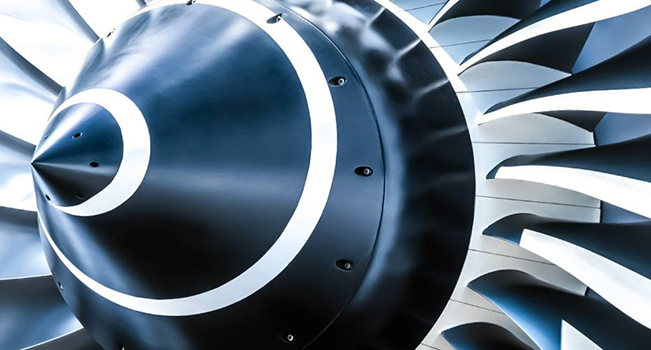Navigating the Terrain: CNC Machining Sensors for Aerospace Applications
The aerospace industry is one of the most demanding and technologically advanced sectors in the world. Precision and reliability are paramount, and every component used in an aircraft or spacecraft must meet strict quality and performance standards. CNC (Computer Numerical Control) machining plays a crucial role in manufacturing aerospace components, and the integration of advanced sensors into CNC machines has revolutionized the way aerospace manufacturers ensure the quality and accuracy of their products. In this article, we will explore the importance of CNC machining sensors in aerospace applications and how they are changing the game.
The Critical Role of CNC Machining in Aerospace
CNC machining is a manufacturing process that involves the use of computer-controlled machines to cut, shape, and assemble parts and components with unparalleled precision. In aerospace manufacturing, where even the smallest imperfections can have catastrophic consequences, CNC machining is the go-to method for producing parts that meet the highest standards of quality and accuracy.
From aircraft frames to engine components and intricate cabin interiors, CNC machines are used extensively in the aerospace industry. These machines can work with a variety of materials, including aluminum, titanium, and composite materials, enabling the production of lightweight yet robust parts that are essential for modern aircraft and spacecraft.
The Challenge of Precision in Aerospace
Aerospace components demand an extraordinary level of precision. Tolerances measured in microns can be the difference between a safe CNC sensors and a catastrophic failure. Achieving such precision requires not only advanced machinery but also a constant monitoring and feedback system to ensure that every cut and movement meets the specified criteria.
Enter CNC Machining Sensors
CNC machining sensors are the game-changers in aerospace manufacturing. These sensors are integrated into CNC machines to monitor various aspects of the machining process in real-time. They provide critical data and feedback that enable manufacturers to make immediate adjustments and ensure that the finished components meet the required specifications. Let’s explore some of the key types of CNC machining sensors used in aerospace applications:
1. Tool Wear Sensors
Tool wear sensors monitor the condition of cutting tools during the machining process. They measure parameters such as tool temperature, vibration, and wear rate. By tracking the wear and condition of cutting tools, manufacturers can replace them at the right time, preventing defects and ensuring the desired precision.
2. Positional Sensors
Positional sensors track the movement and position of the machining tool and workpiece. These sensors can detect any deviations from the programmed path, helping to prevent errors in the final product.
3. Force Sensors
Force sensors measure the forces acting on the tool and workpiece during machining. They ensure that the right amount of force is applied, preventing excessive stress on the materials and ensuring the final product’s structural integrity.
4. Temperature Sensors
Temperature sensors monitor the temperature of the machining process. Aerospace materials can be sensitive to temperature changes, and these sensors help maintain the ideal temperature range for machining, preventing thermal distortions in the components.
Benefits of CNC Machining Sensors in Aerospace
The integration of sensors into CNC machines offers several key benefits for aerospace manufacturers:
1. Enhanced Quality Control: Sensors provide real-time data, enabling manufacturers to identify and rectify issues during the machining process, leading to higher-quality components.
2. Reduced Scrap and Rework: With sensors in place, the likelihood of producing defective parts is significantly reduced, resulting in less waste and lower production costs.
3. Increased Efficiency: Sensors optimize machining parameters, reducing cycle times and improving overall efficiency in the manufacturing process.
4. Improved Safety: Real-time monitoring of machining processes enhances safety by reducing the risk of accidents and equipment damage.
5. Cost Savings: By preventing errors and optimizing processes, CNC machining sensors ultimately save aerospace manufacturers money in the long run.
Conclusion
In the aerospace industry, precision is non-negotiable. CNC machining sensors have become indispensable tools for achieving and maintaining the high standards required in this sector. These sensors offer real-time monitoring and feedback, allowing manufacturers to produce components that are not only incredibly precise but also safer and more cost-effective. As aerospace technology continues to evolve, the integration of advanced sensors into CNC machines will undoubtedly play a pivotal role in shaping the future of aerospace manufacturing.




